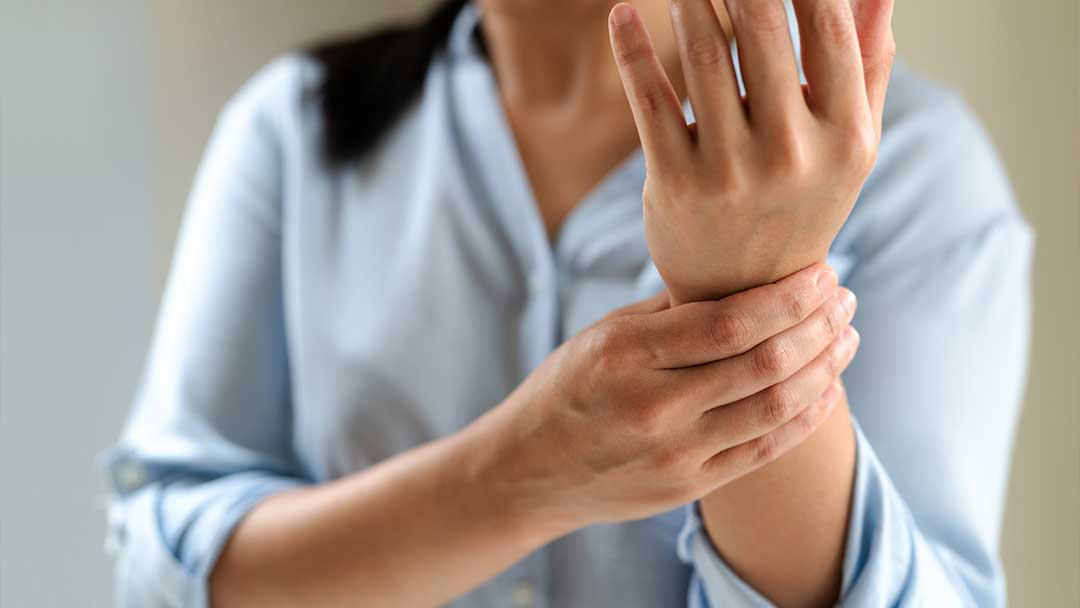Hand, Wrists, & Elbow Treatments
Hand & Upper Extremity Treatment
Emphasizing a patient-centered approach, we integrate state-of-the-art technology with compassionate treatment strategies, focusing on both common and complex musculoskeletal issues. Our team offers a number of the newest treatment strategies, including endoscopic carpal tunnel release, denervation for arthritis, enzymatic injection for Dupuytren’s Contracture, and complex nerve transfer reconstructions.
Serving the community in Rochester, NY, Greater Rochester Orthopaedics is committed to enhancing patient lifestyles through advanced orthopaedic solutions.
Expert Care for Hand & Arm Conditions

Expertise Across a Spectrum of Conditions
Our expertise spans from managing chronic conditions like arthritis to addressing acute injuries such as fractures, dislocations, and sports injuries. Understanding the intricate anatomy and the critical importance of the hand and upper extremities in your daily life, we utilize the latest advancements in medical and surgical care to ensure the best possible outcomes.
Surgical & Non-Surgical Options
Surgical Interventions
When surgery is necessary, our surgeons are proficient in a range of procedures including but not limited to:
- Nerve repairs and reconstructions
- Tendon and ligament repairs
- Fracture fixation
- Joint arthroscopy
- Microvascular surgery
Non-Surgical Treatments
Often the first line of defense, non-surgical treatments may include physical therapy, injections, and medication to alleviate pain and improve function.
Conditions We Treat
Carpal Tunnel Syndrome
A common source of hand numbness and pain, more frequent in women, resulting from pressure on the median nerve within the wrist’s carpal tunnel.
Dupuytren's Contracture
Characterized by a thickening of the palm and fingers’ skin, this condition can lead to the fingers curling into the palm and is seen more often in men.
Ganglion Cysts
These cysts commonly emerge from the joints or tendon sheaths in the wrist, presenting as bumps and can vary in size.
Wrist Instability
A condition where wrist bones misalign, causing pain, discomfort, and reduced hand function and stability.
Arthritis
Degenerative joint disease-causing pain, swelling, and limited movement in hands and wrists, and typically increases with age.
Complex Upper Extremity Trauma/Reconstruction
Treatment of severe arm injuries involving bones, muscles, and joints, aiming to restore function through surgical reconstruction.
Tennis Elbow (Lateral Epicondylitis)
A painful condition of the elbow caused by overuse, leading to inflammation and tenderness outside the elbow.
Trigger Finger
This condition restricts finger movement, causing the finger to lock or catch before snapping straight.
